Home>Interior Design>Your Guide to What Is Travertine Stone Flooring

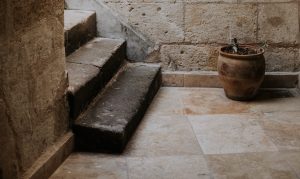
Interior Design
Your Guide to What Is Travertine Stone Flooring
Modified: December 6, 2023
There are so many natural stones on the market today that it can be hard to pick. Let’s take a look at what travertine is and why it’s a great material.
(Many of the links in this article redirect to a specific reviewed product. Your purchase of these products through affiliate links helps to generate commission for Storables.com, at no extra cost. Learn more)
Natural stone flooring is one aspect that can affect the aesthetics of a space while also giving it an unmistakably premium feel. As a result, many different stones have become popular over the years. These include marble, granite, and, of course, travertine. But, what is travertine stone flooring, and should you consider it for your home? Let’s find out.
What Is Travertine?
Travertine is a type of limestone often found around mineral springs. It’s known as a naturally-occurring building material that’s both classic and elegant, remaining understated while still eye-catching. You’ll most commonly find the stone in tile form, especially when it comes to floors and walls. It comes in shades of gray or brown that can vary from pale and whitish to deep rust. Often, travertine tile will have a fibrous, concentric look to it.
Read more: How To Clean Travertine Floor Tile
Types of Travertine Tiles
When choosing your building materials, it’s important to learn about the different variations of each one. When you’re looking at the types of travertine available to you, be sure to take color, quality, and texture into account. These factors will affect the final look and feel of your home.
Color
Travertine’s natural form mostly varies in terms of shades and colors. It can range from pale yellows and whites to rusty and gray hues. The most familiar color is a light beige. Generally, manufacturers try to keep the color consistent throughout their batches. Natural variations will occur, but a premium set of tiles will tend to be more evenly colored.
Quality
The quality level of travertine rock will depend on how it was harvested, cut, and treated. You see, travertine has naturally-occurring gaps in the stone that need to be filled, which also affects the final product. High-quality travertine will have smaller holes than, say, those of commercial grade. The edges of the premium tiles will also be more even and smooth.
Texture
Finally, texture plays a big part in the travertine’s final appearance. You’ll likely notice that the tiles have a select number of finishes: matte, glossy, tumbled, or polished. A few in-between textures are also available such as the matte and glossy mix known as honed.
While it’s natural to see matte as a more rustic texture and glossy as the more classy type, appearance isn’t the only thing that texture affects. It also determines the grippiness of the stone and thus the location it would best suit. You wouldn’t want glossy, slippery travertine flooring around your pool, after all.
Read more: How To Clean A Stone Floor
Travertine Stone Flooring Pros and Cons
Now that you’re more familiar with what travertine is, we can take a look at its benefits and drawbacks for flooring.
What is Travertine Good At?
Thanks to its historical roots, travertine has a certain grandeur to it. It’s excellent for achieving an effortlessly classy look. It also comes in a variety of colors. Adding to this flexibility of styles, travertine is a soft stone that’s easy to cut, meaning it comes in many different shapes and sizes. Travertine mosaic tiles are a prime example of the stone’s many faces.
Travertine is also a sturdy material that can stand up to big shifts in temperature without cracking. As a result, the cool stone is not only suited to indoor kitchens and bathrooms but also outdoor pool areas and patios. It’s especially suited to the outdoors when it has a grippier finish.
What is Travertine’s Weakness?
Unfortunately, this fabulous stone does have a few caveats. While it’s not prone to breaking, the filled-in gaps in its surface do tend to wear down. Like other types of limestone, travertine can also be brittle, leading to chips and cracks over time. As a result, it requires a good amount of regular maintenance. In addition, the stone is a very porous material, meaning any accidental spills need to be cleaned up quickly before they get the chance to stain.
Pros and Cons Summary
Pros
- Beautiful appearance
- Many shades available
- Easy to customize shape and size
- Not sensitive to drastic temperature changes
- Suits the outdoors well as a cool, grippy stone
Cons
- The gaps in the stone tend to wear down
- Can be brittle
- Requires regular maintenance and care
Read more: How To Lighten Travertine Backsplash
How to Install Travertine Stone Flooring
Installing travertine stone flooring is easier than you might expect. This section will assume you did your measuring and cutting beforehand and will only focus on laying down the tiles. After preparing your subfloor and installing any waterproofing sheets you may need, simply grab your tiles, some spacers, thinset, and a trowel.
Thinset
First, as you work, lay down the recommended thickness of thinset with the notched end of the trowel. For natural stone tiles, stay below 3/4ths of an inch. Many travertine tiles have an uneven underside thanks to the nature of the material. Because of this, we recommend back buttering these tiles. Do this by placing some thinset in the middle and spreading it out evenly in a thin layer over the whole back area.
Once all the tiles are down, scrape off any excess thinset and wait for it all to dry before applying the grout.
Spacing
As you work, you’ll want to keep the spacing even between the tiles. The best way to do this is with tile spacers. These clever little bits of plastic are placed in the space between the tiles to keep them uniform. During installation, you’re meant to push the tiles against each other until they hit the spacers, creating that clean and even gap.
How to Clean and Maintain Travertine Tiles
If you have travertine floors installed already, then you’ll surely want to keep them nice and clean. Travertine tiles can be a bit finicky when it comes to certain cleaning liquids, but otherwise, they’re relatively easy to clean.
Read more: How To Polish Travertine Countertops
Basic Clean
Getting rid of any dust and debris is the first step, either with a vacuum or broom. After that, mix up some warm, soapy water to mop down the floors. Make sure to use a pH-neutral cleaner to avoid staining the tile. This type of scrub-down should be done about once a week.
Sealing
Natural stone flooring like travertine can be quite porous, meaning your fancy floors are very susceptible to stains and discoloration without sealing. Sealing your floors will make them more resistant to these flaws, keeping them fresh and pretty. You can either hire a professional or find store-bought sealant and apply it yourself. Simply spray on the sealant, let it sit for the instructed amount of time, and wipe off any excess.
Try to do this every one to two years for outdoor floors and every three to five years for indoor tiles.
Stain Removal
Since travertine is prone to getting stains, you’ll want to have some natural stone-safe poultice on standby. Poultice powder can be mixed with water to create a thick paste. Just apply the paste to the stain and leave it for the instructed amount of time before scraping it off. If it’s a particularly stubborn stain, you may need to repeat the process a few times to completely remove it.
How to Repair Travertine Slabs
Now and then, you may notice holes in your travertine counters or floors. To repair these, you can use some filler. First, check the instructions to find how much water to add. Usually, you’ll be trying to achieve toothpaste consistency. Next, mix the filler up in a disposable cup with a wooden craft stick.
Once that’s done, fill in the hole using the mixture and use the side of the stick to scrape it evenly over the tile. A microfiber cloth can then be used to clean up any excess that might have spilled over from the scraping. Once the filler is dry, stand back and admire your handiwork.
Other Uses for Travertine Stone
As you’ve now learned, travertine stone is a very versatile and elegant material. It’s no surprise that it’s been used for purposes other than flooring. Things from baseboards to coasters to shelves are commonplace, and travertine backsplashes are also starting to grow popular. The material has proven timeless, and you can easily find travertine accessories and furniture if you know where to look.
How to Design Around Travertine Stone
If you’ve recently acquired some travertine stone furnishings or floors of your own, you may be wondering how to style them. The stone is usually a very light and rustic material that can easily adapt to many aesthetics. A lot of the time though, you’re sure to find it suits earthier palettes and more classic furnishings. This was the material of the ancient Romans, so there’s something both timeless and historic about its appearance.
That being said, other available colors like dark gray and silver can easily suit a more modern aesthetic. The customization of the space is ultimately up to you, and the possibilities are endless.
Frequently Asked Questions about What Is Travertine Stone Flooring
-
Read more: What Is Stone Veneer Siding
What is special about travertine?
Travertine is an ancient material that was often used by the Romans, giving it a regal and timeless aesthetic. This stone can also suit both indoor and outdoor spaces with ease as long as it has the right finishing, making it very versatile as well.
-
Is travertine hard to maintain?
Travertine is more difficult to maintain than other floors like vinyl or ceramic. This is because the stone has natural gaps where air escapes after it was formed. These gaps are usually filled before the tiles are sold, but they’re more susceptible to being worn down in those areas. It’s also quite porous and stains easily.
-
Is travertine a good material?
Travertine is a beautiful, versatile material that can suit many homes and aesthetics. It is, however, a bit of a handful in the maintenance department. If spills are frequent or if you have pets who may soil the floor, you might want to look for an alternative.
-
Is travertine a stone or tile?
Travertine is a natural stone material that can be cut into tiles. It’s often used for flooring and walls. It has popped up in furniture and fixtures as well.
Read more: How To Clean Outdoor Travertine Pavers
Conclusion
There’s no doubt that travertine is up there with hardwood as a premium choice for flooring. It’s elegant, versatile, and easy enough to install. We hope we’ve helped you learn more about what travertine is and how you can integrate it into your home. Ultimately, it’s a very solid pick if you’re aiming for that timeless, classic look.
Was this page helpful?
At Storables.com, we guarantee accurate and reliable information. Our content, validated by Expert Board Contributors, is crafted following stringent Editorial Policies. We're committed to providing you with well-researched, expert-backed insights for all your informational needs.
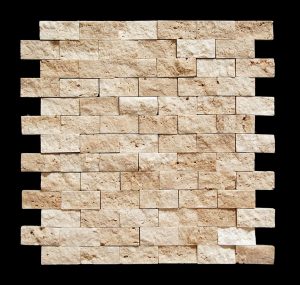








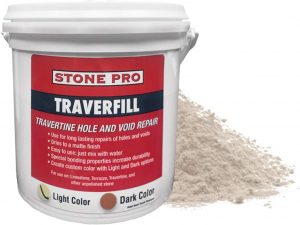








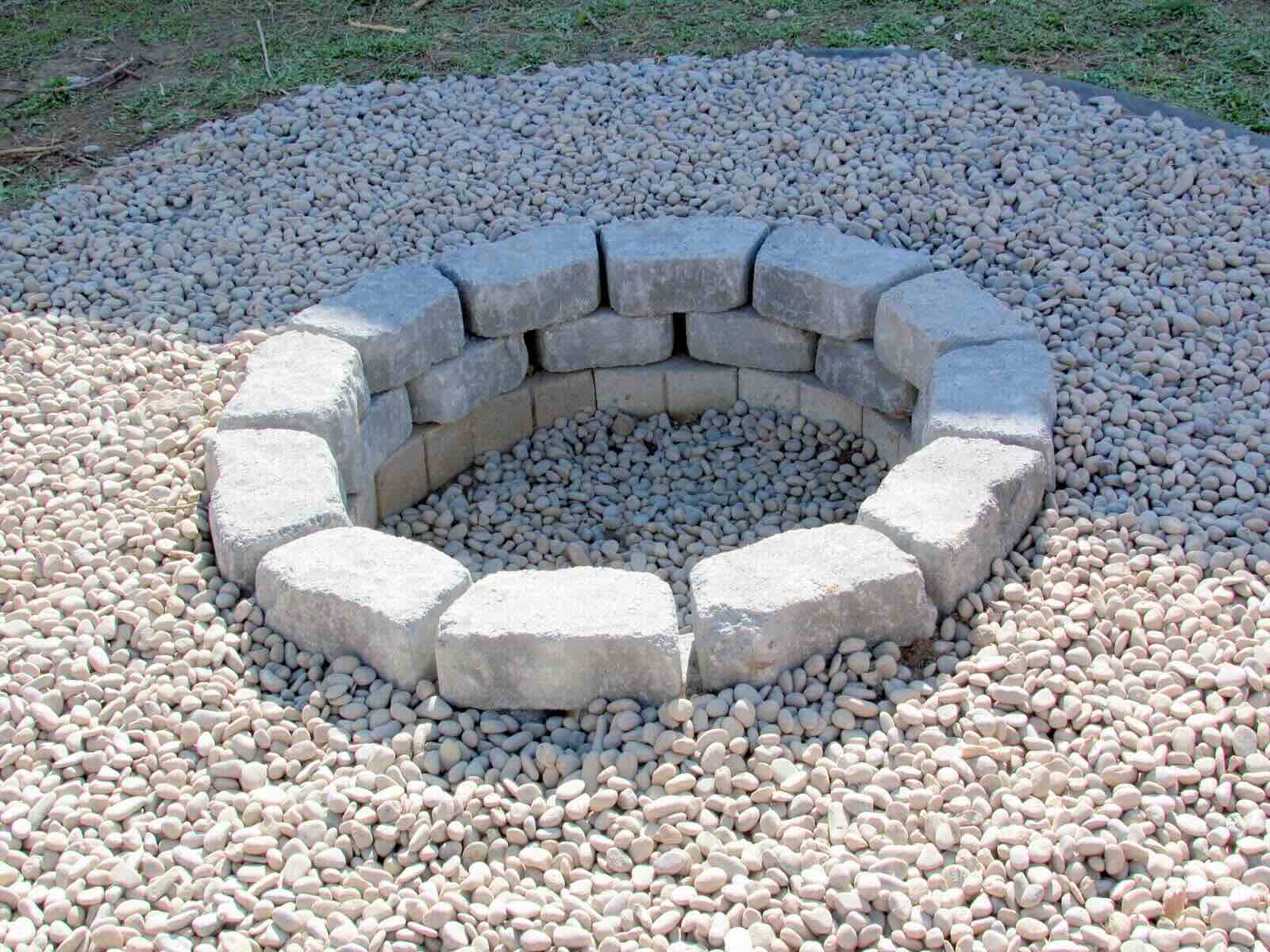

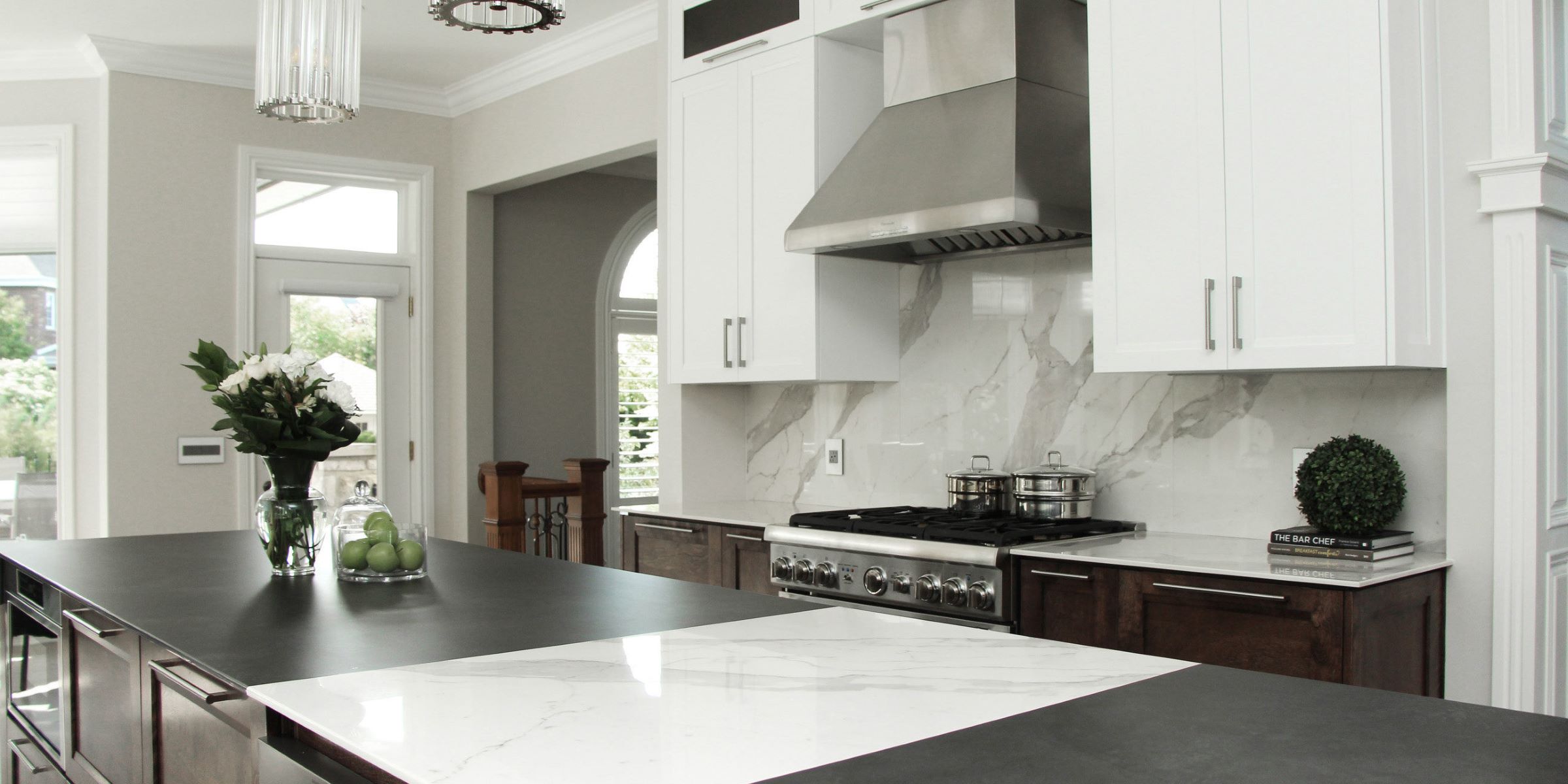




0 thoughts on “Your Guide to What Is Travertine Stone Flooring”